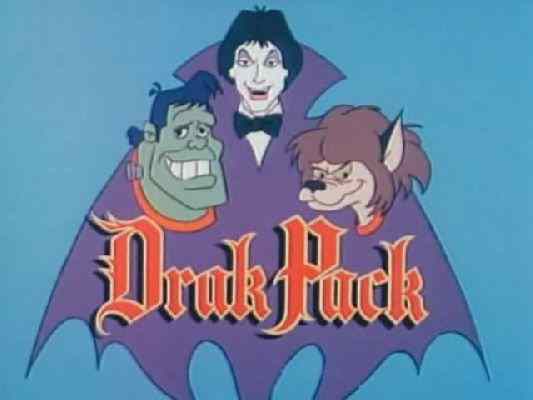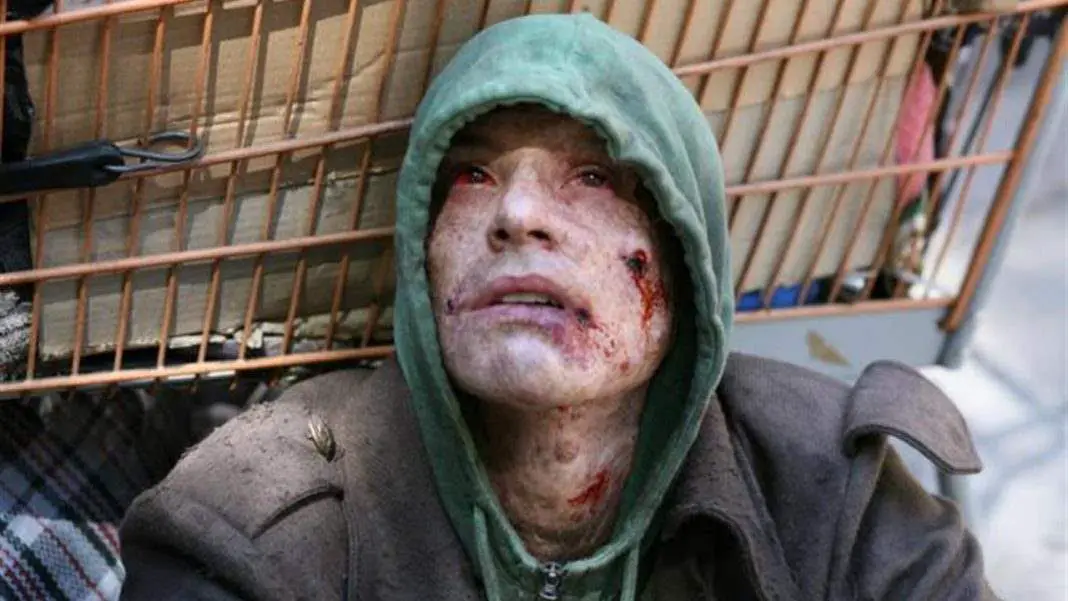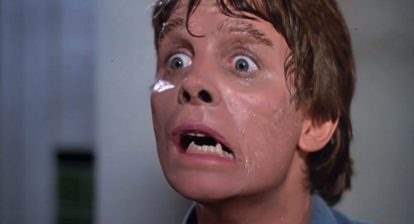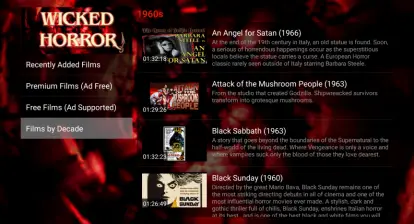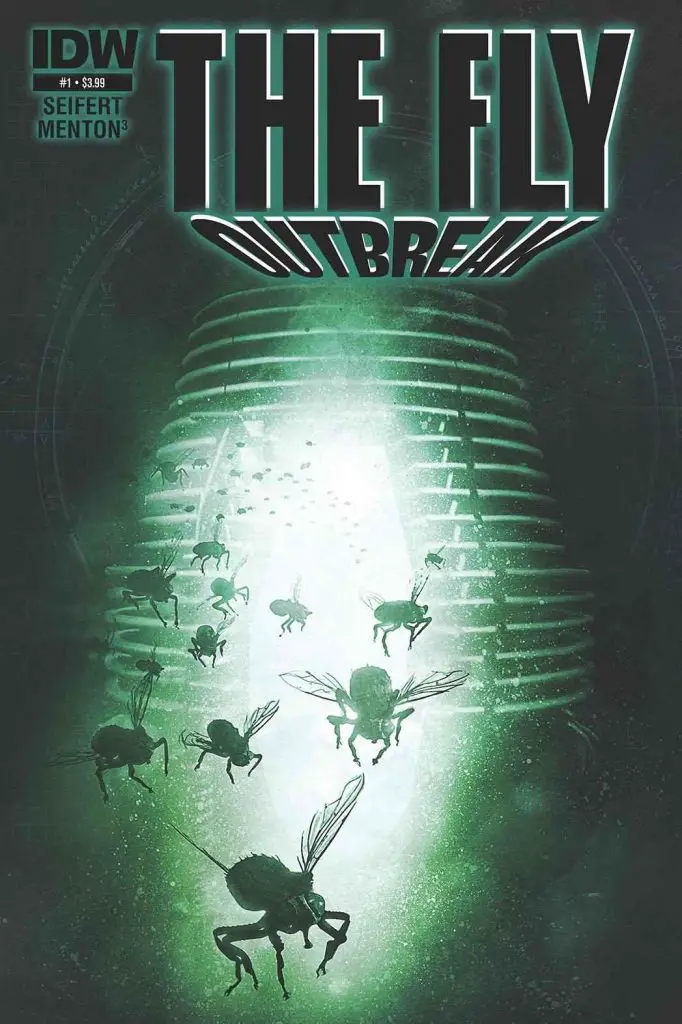Saturday Mournings is a recurring segment on Wicked Horror where we revisit some of the greatest horror-inspired cartoons from years past. On the inaugural installment of the segment, we are looking back on the brief run of the cartoon Drak Pack.
Upon viewing the first episode of this short-lived series, it becomes evident that Hanna-Barbera had no time to waste on backstory. We’re not even given an origin episode, and by the time the home audience starts tuning into these adventures, it’s obvious that they’ve already been going on for quite some time. It’s only through the explanatory opening sequence (and a few details scattered throughout the episodes) that we learn about what has come before.
Apparently Dracula, the Wolfman and Frankenstein’s Monster all mated with (presumably) mortal women at some point in time, and some of their supernatural qualities were passed down through the bloodline. For reasons that are unclear, Dracula had a change of heart and began to feel bad about his and his cohorts’ evil ways (it is never stated whether the Wolfman and Frankenstein’s Monster also shifted their views). So, he assembled their teenage descendants into something of an All-Male version of Charlie’s Angels, and now sends them out into the world to do good.
Dracula’s own great-nephew Drak is the leader of this team, which he has ever so modestly dubbed the Drak Pack. Accompanying him on these adventures are the linebacker-sized Frankie and the belly-shirt wearing Howler. The three of them are ordinary humans, until they high-five each other (a move they call the “Drak Whack”), at which point they turn into their monstrous counterparts.
As monsters, they have powers that they do not possess in their human forms. Howler has super-breath like the Big Bad Wolf, and a killer howl; Frankie is superhumanly strong, and can shoot electricity from his neck bolts; and Drak (who has got to be the most androgynous Saturday morning cartoon character of all time) can fly, and shapeshift into the forms of various animals, or a pink mist. Together, they tool around in a souped-up silly car called the Drakster, which can traverse land, water and air at the turn of a dial. They’re not exactly the Avengers, but still a step above the Wonder Twins in my humble estimation.
Their primary nemeses (okay, their only nemeses) are the members of O.G.R.E.—the Organization for Generally Rotten Enterprises—a super-villain team lead by Dr. Dred, an uncomfortable cross between a mad scientist and a melodrama mustache-twirler. The other OGREs include the Peter Lorre derivative Toad; the insectoid man Fly; the incoherent Mummy-Man; and Vampira, the bloodsucker seductress whose abilities are on par with Drak’s. They travel via an airship known as the Dredgible, and are based out of a mobile island they call Dredquarters (naturally).
Each episode, Dred and his minions attempt some absurd and overwrought act of cartoon villainy—which, more often than not, Dred explains to Drak beforehand in one of their frequent “secret meetings” that Dred insists upon. The Drak Pack, after a little advice from Dracula (typically referred to as Big D), eventually puts a stop to it and the world is safe for another week or so.
Drak Pack was produced by Hanna-Barbera Pty. Ltd., the Australian subsidiary of Hanna-Barbera studios. It aired on CBS Saturday mornings starting in 1980, and only lasted for a single season of 16 episodes. The monster mash mentality of the program likely appealed to budding horror fans—I know it appealed to me whenever I would see the ads in back issues of comic books, years after the show had left the airwaves—but it ultimately failed to live up to its potential. There were absolutely no variations in plot to keep things interesting, nor was there a rotating cast of characters. Sure, Scooby Doo (my perennial favorite) may have followed the same formula week after week, but with a new “monster” to be unmasked every episode, you were at least given a reason to tune in religiously. With Drak Pack, if you missed an episode, it doesn’t really feel as if you missed anything at all.
I am, of course, writing this after viewing the series with adult eyes, which is not the ideal way to go about it. Those who had watched this as a child will likely still enjoy it for the nostalgia factor, and those monster fans who are new to it will probably enjoy it, too—though in smaller doses. It actually is quite fun when taking it in bite-sized morsels, but binge watching it will expose its flaws and make you wish for a bit more variation.
But if you’re a glutton like I am, pour yourself a bowl of Frankenberry, plant yourself on the couch, and lose an entire day playing with the monsters. It still beats the “educational programming” that passes as Saturday morning entertainment these days.
